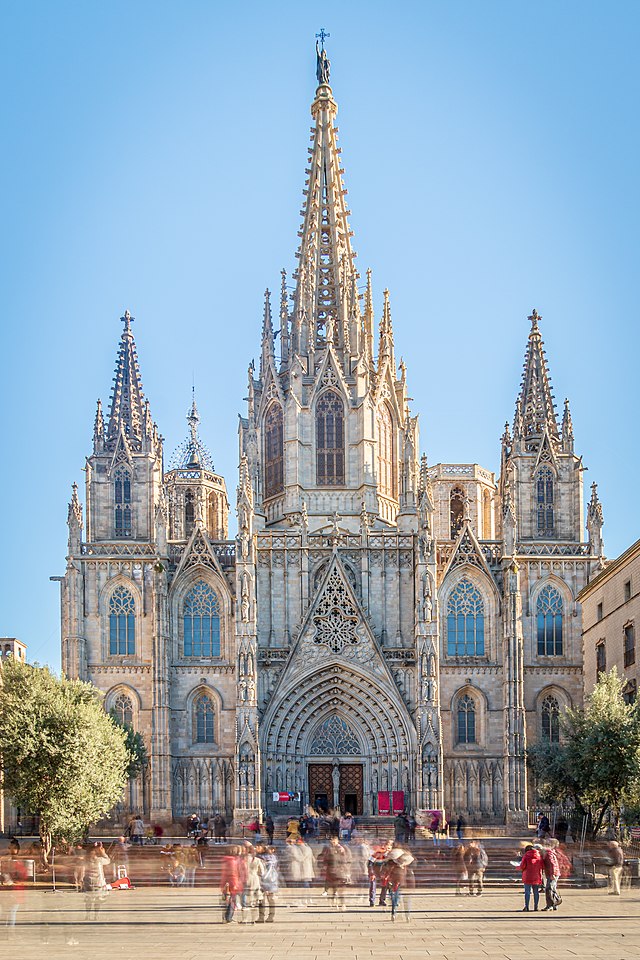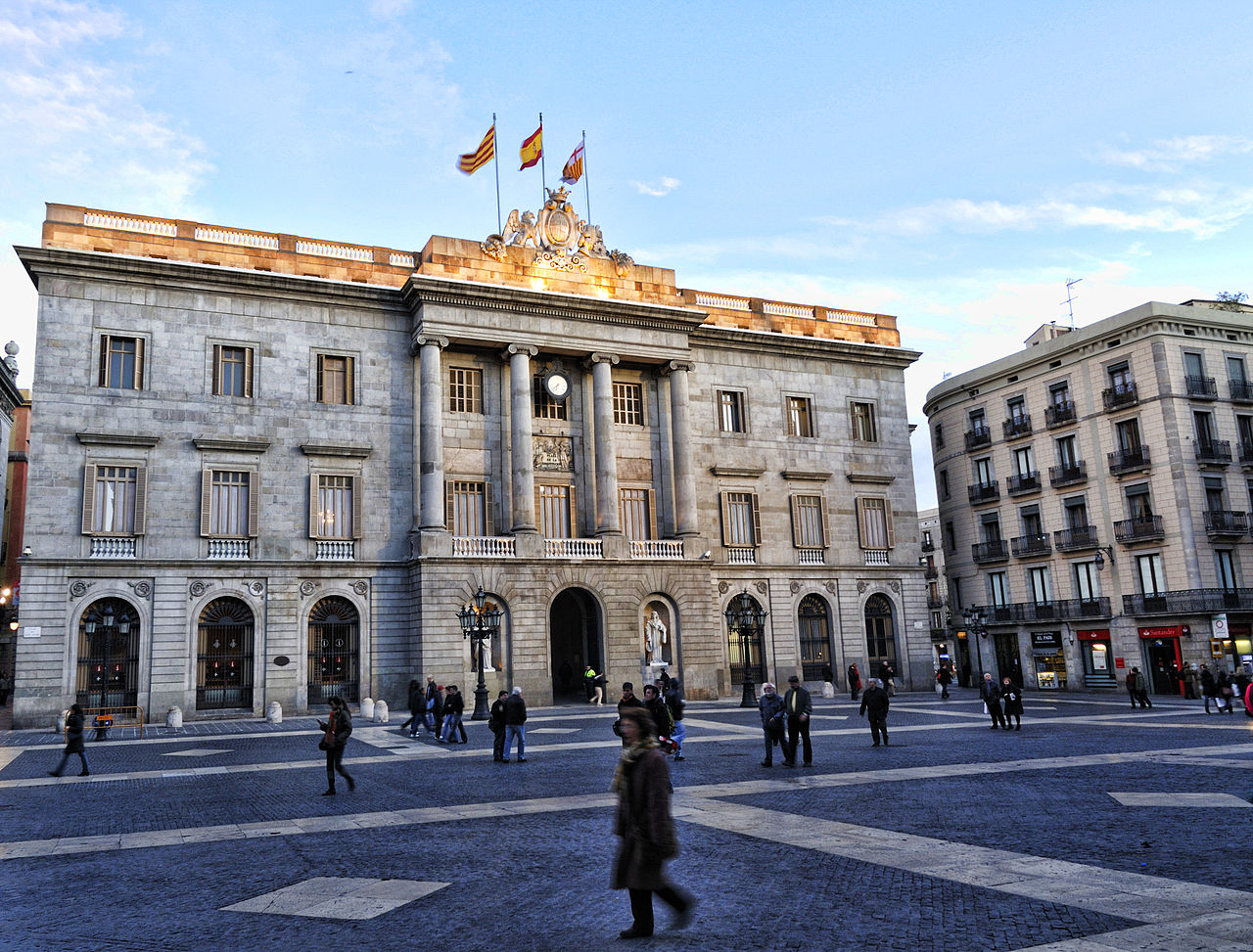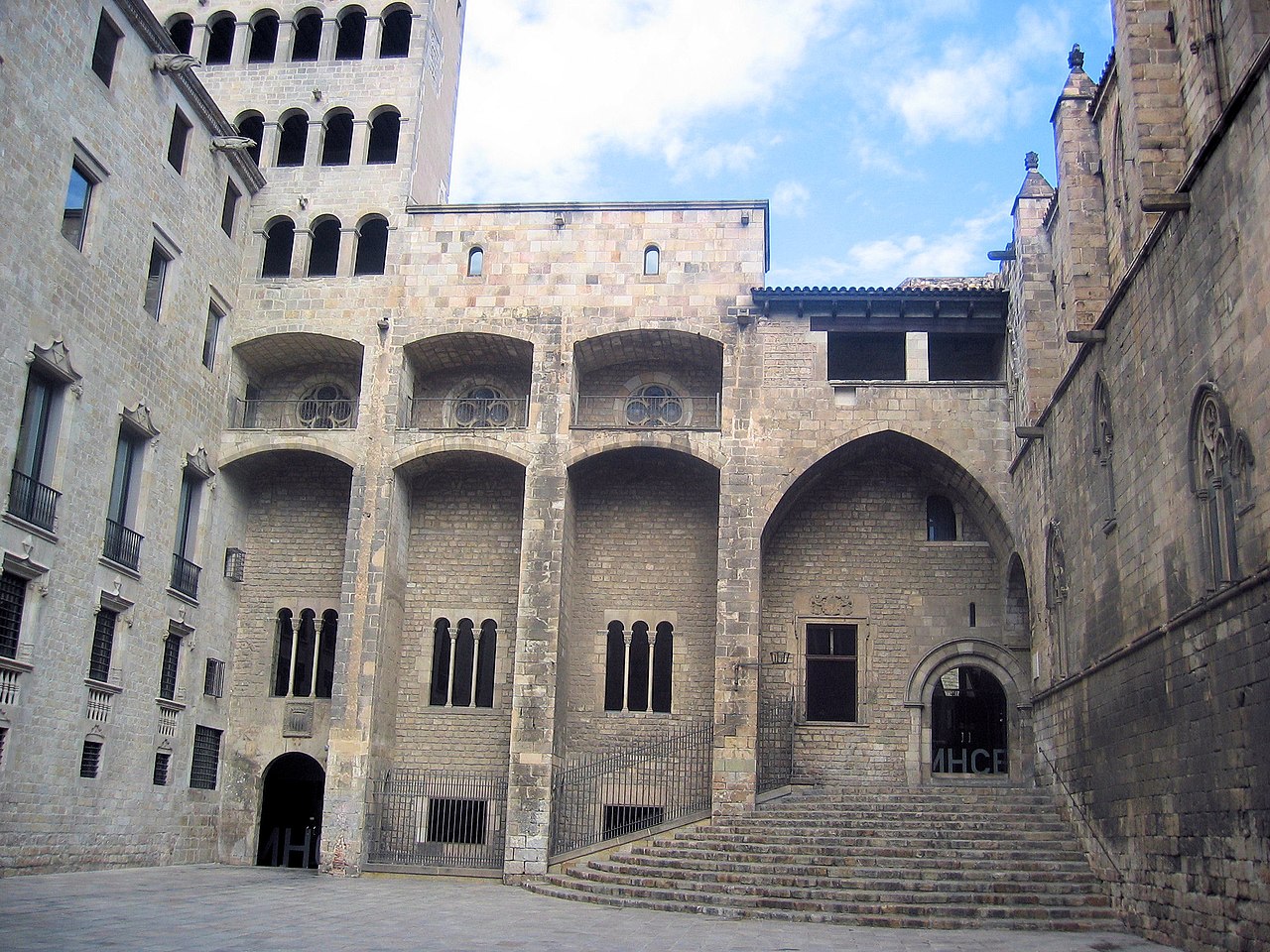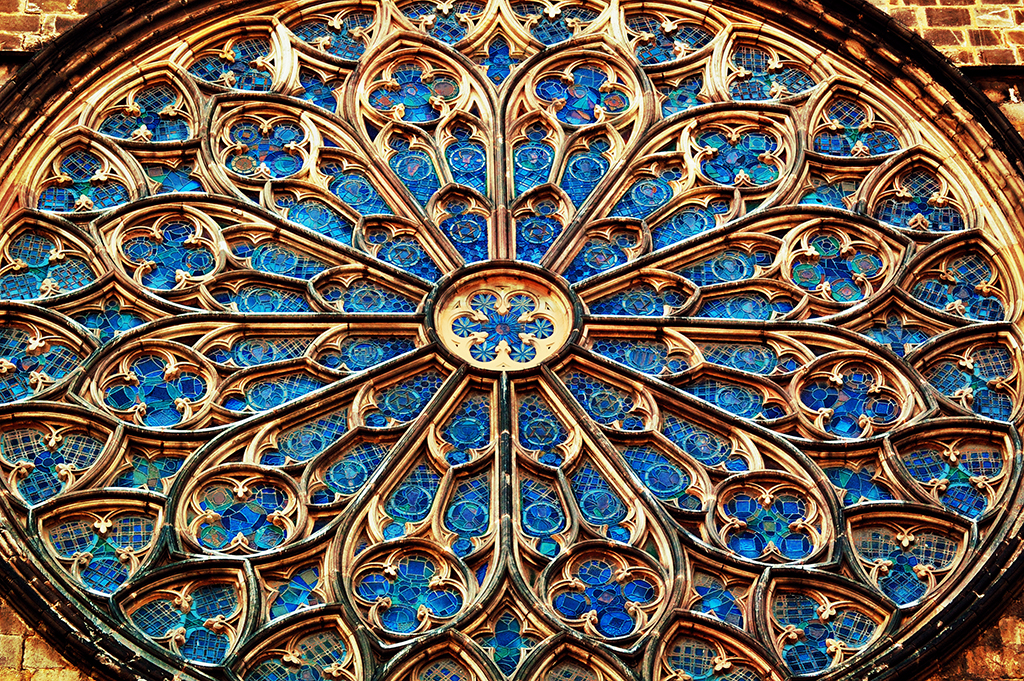FC Barcelona is one of the most renowned and successful football clubs in the world. With a glorious history stretching over 120 years, FC Barcelona has become synonymous with excellence in football. The club's museum at the epic Camp Nou stadium provides a fascinating glimpse into Barça's storied past through exhibits, trophies and multimedia displays.
Origins of FC Barcelona
FC Barcelona was founded on November 29, 1899 by a group of twelve enthusiasts led by Joan Gamper. Gamper, a Swiss football player, placed an advertisement in Los Deportes newspaper calling for interest in forming a football club. This led to the first meeting at Gimnasio Sola in Barcelona, where the club was officially established. The club was named Foot-Ball Club Barcelona after Charles Lindley’s Foot-Ball Club.
In the early years, FC Barcelona played at various venues around the city until moving to Les Corts stadium in 1922. The club’s ties to Catalan identity were established early on when it became a member of the Catalan Football Federation in 1900. The club’s motto “Més que un club” (“More than a club”) embodies its deeper meaning as a symbol of Catalan culture.
The Golden Era of the 1950s
The 1950s marked FC Barcelona's first golden era under coach Ferdinand Daučík and president Enric Martí Carreto. With legendary players like László Kubala, Estanislau Basora, Cesar Rodriguez and Antonio Ramallets, Barça dominated Spanish football securing five La Liga titles, five Copa del Reys and two Latin Cups.
Kubala, regarded as one of Barça's greatest players, made his debut in 1952 and went on to score 280 goals in 345 matches during his 11 seasons at the club. This hugely successful team called the “Five Cups team” cemented FC Barcelona's place in football history. Their free-flowing, attacking style of play made them pioneers of the now famous “tiki-taka” passing game.
Cruyff Revolution of the 1970s
The 1970s saw the arrival of Dutch football legend Johan Cruyff as a player at FC Barcelona, who later also managed the so-called “Dream Team” as coach. Cruyff won the Ballon d'Or in his first season with the club and implemented his total football philosophy.
As manager starting 1988, Cruyff mentored players like Pep Guardiola, José Mari Bakero and Hristo Stoichkov. Under his leadership, Barça won eleven trophies in eight years including four straight La Liga titles and the club's first Champions League trophy in 1992. Cruyff's positional game and pressing system laid the foundations of Barça's future success.
Rise to European Dominance
The late 1990s and 2000s were an era of European dominance for FC Barcelona led by legends like Rivaldo, Ronaldo de Lima, Ronaldinho, and manager Pep Guardiola. This Barça team is regarded as one of the greatest in history with their entertaining style and coordinated pressure called “tiki-taka”.
FC Barcelona won two Champions League titles in 2006 and 2009, the latter as part of the unprecedented sextuple under Guardiola. Lionel Messi debuted in 2004 and went on to break records as FC Barcelona’s all-time top scorer, cementing his status as one of the game's greatest players. Other icons like Andrés Iniesta, Xavi Hernández and Carles Puyol were crucial parts of this legendary team.
La Masia Talent Factory
A key aspect of FC Barcelona's sustained success has been its prolific youth academy La Masia, which has nurtured generations of top players. Legends like Messi, Iniesta, Xavi, Guardiola, Carles Puyol and Gerard Piqué graduated from La Masia to FC Barcelona's first team.
The academy instills Barça's philosophy focused on technical skills, teamwork and possession-based football in its recruits from a young age. La Masia has played a monumental role in supplying exceptional homegrown players to maintain the club's high performance standards. Graduates have also spread Barça's playing ideology while succeeding at top clubs worldwide.
Record-Breaking Club Honors
With its consistent excellence over more than a century, FC Barcelona has amassed a vast collection of historic honours at home and across Europe:
- 5 UEFA Champions League titles
- 27 La Liga titles, a joint record with Real Madrid
- 31 Copa del Rey trophies, a record
- 5 UEFA Super Cups
- 3 Inter-Cities Fairs Cups
- 3 FIFA Club World Cups
Barça legends like Lionel Messi, Andrés Iniesta and Carles Puyol were crucial parts of the club's golden era from 2008-2012 when they won 14 titles in just 4 years under Pep Guardiola. FC Barcelona's commitment to beautiful, winning football makes it one of the most decorated clubs in football.
Famous Victories
FC Barcelona has a long history of famous victories and memorable moments. Some of their most notable achievements include:
- Winning their first European Cup in 1992, with a famous free-kick goal by Ronald Koeman in the final against Sampdoria[10].
- Securing an unprecedented sextuple in 2009, winning the La Liga, Copa del Rey, UEFA Champions League, Spanish Super Cup, UEFA Super Cup, and FIFA Club World Cup in a single calendar year[10].
- The historic 6-1 victory against Paris Saint-Germain in the 2016-17 UEFA Champions League, completing a remarkable comeback after losing the first leg 4-0[10].
Camp Nou Stadium
Camp Nou is FC Barcelona's mythical football stadium and Europe’s largest by capacity with over 99,000 seats. It opened in 1957 after club president at the time, Francesc Miró-Sans, proposed building a larger stadium. The first match at Camp Nou was played on September 24, 1957 as part of a ceremony honoring founder Joan Gamper.
As FC Barcelona continued to grow, Camp Nou underwent several expansions to reach its current capacity. Some of Barça’s greatest nights such as improbable comebacks against Paris Saint-Germain and AC Milan took place at an electric Camp Nou. The stadium houses the club’s museum, megastore, headquarters and training facilities.
Inside The FC Barcelona Museum
The FC Barcelona Museum offers a comprehensive showcase of the club's illustrious history through decades of precious memorabilia. Located under the stands of Camp Nou stadium, it occupies 3,500 square meters spread across three floors. The museum received 1.5 million visitors annually as of 2022.
Key sections include the FC Barcelona gallery tracing the club's entire history using trophies, photos and audiovisual displays. Apart from silverware, visitors can admire antique kits, match balls, boots of legendary players and more. The museum also houses rotating exhibitions on specific eras, players and matches from Barça’s past.
Multimedia stations allow visitors to relive Barça’s greatest goals and moments. The museum holds special significance by telling the unique story of FC Barcelona and Catalonia through the lens of football.
The museum occupies 3,500 square meters and is divided into three main sections: the historic museum, the 'Futbol art' Collection, and a section featuring temporary exhibitions. Visitors can explore the club's major trophies, including the Champions League Cup, and enjoy interactive multimedia exhibits, a 3D cinema, and audiovisual touch-screens.
Some highlights of the museum include an area dedicated to Lionel Messi and his golden balls, a large interactive screen where visitors can learn about highlights from the club's history, and a small section dedicated to the women's team as well as other Barça teams (basketball, handball, hockey, etc.). The museum also features an immersive 360º show in the "Spotify Camp Nou Live" space, where visitors can experience the emotions of being in the center of the stadium.
Planning Your Visit to Camp Nou Museum
Visiting the Camp Nou Museum is a must-do for football lovers visiting Barcelona. Here are some tips to plan your visit:
- Purchase skip-the-line tickets online in advance since they often sell out, especially during peak seasons. This allows entry at a reserved time.
- Use public transport to get to the stadium, as parking is limited. The metro stations near Camp Nou are Palau Reial, Collblanc and Badal.
- Avoid Mondays when the museum is closed or matchdays when stadium access is restricted. Check the schedule before visiting.
- Allocate 2-3 hours to fully experience the museum exhibits at a comfortable pace. Audioguides are available to enrich the visit.
- Bring your camera to snap photos with the trophies and displays around the museum.
Visiting Camp Nou is a bucket-list experience for football lovers to immerse themselves in the glorious history of legendary FC Barcelona. With the ultimate bragging rights of touring the stadium and museum, it will be an unforgettable highlight of your Barcelona trip.
As FC Barcelona celebrates over 120 years of excellence, its museum remains a shrine where generations of fans can reminisce on legendary players and teams who made the club a global phenomenon. For any football enthusiast visiting Barcelona, an afternoon spent exploring over a century of Barça history is a must.


















